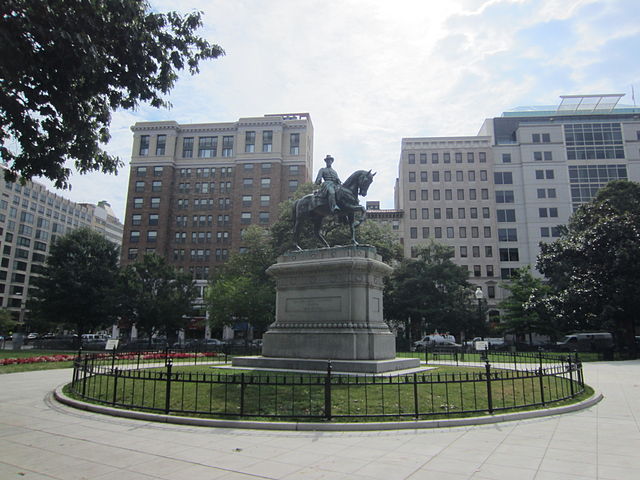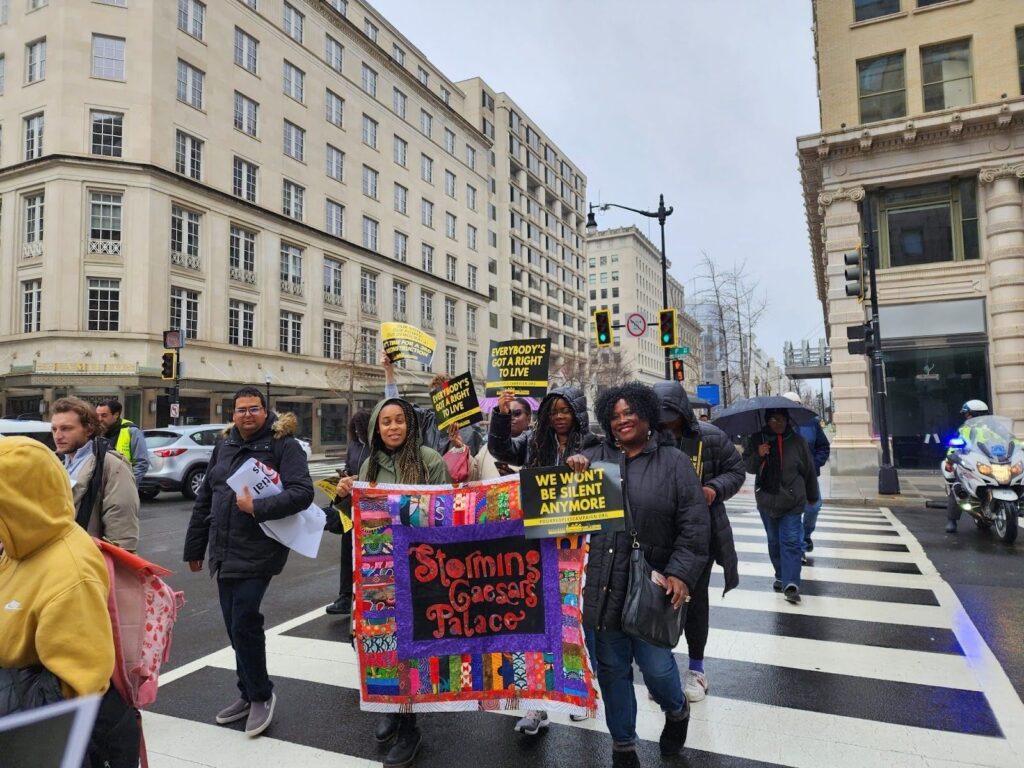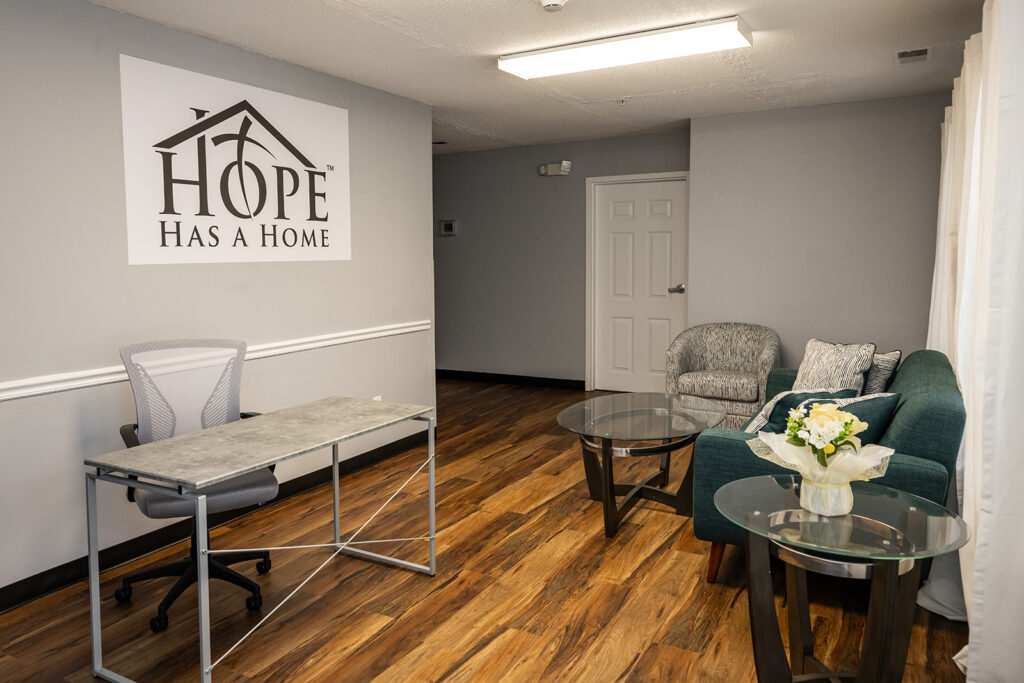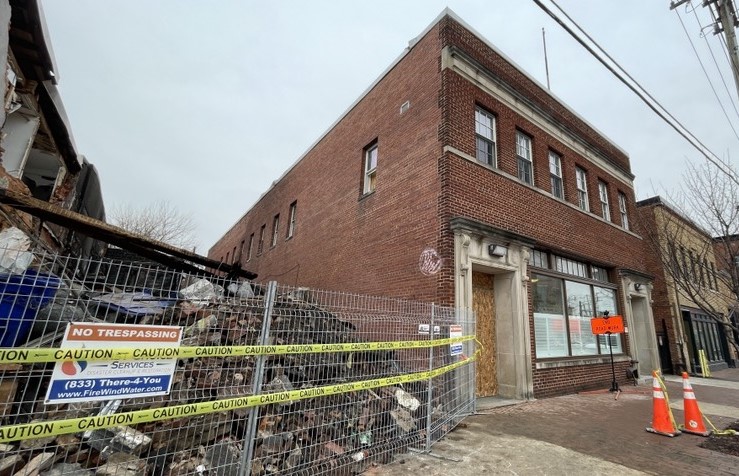On a recent trip to Washington sponsored by the Panim Institute, the Jewish learning institute of B’Nai B’rith Youth Organization, a group of Jewish high school students from an uppermiddle-class Chicago community had the opportunity to change their perspective on homelessness.
The students were here as part of the Street Torah Project, created to engender awareness and activism on the serious issue of homelessness. As an alumnus of the program who took part two years ago, this reporter wanted to tag along and see the reactions of a new crop of teens.
Before the group headed to McPherson Square, three of the students, Remy, Zachary and Aaron, discussed their preconceptions of homelessness. Aaron described a ragged old man on the street, “struggling with health, struggling to survive and asking for money or food; often disabled, not looking healthy and certainly dirty.”
Remy and Zach acknowledged their fear of homeless people. And it was evident that the vibrant faces of each teen turned nervous and apprehensive as the group approached McPherson Square. Program staffers assured the students that they were not in danger. They said that if the teens viewed the conversations they were about to have as conversations with friends, their nervousness would disappear.
The park was dramatically transformed by the Occupy DC. encampment, and the first challenge the Street Torah students faced was distinguishing the homeless people from the protesters. Many interesting discussions ensued. The Occupy protesters spoke about how they had joined the encampment and what they stood for as a part of the movement. The homeless described their experiences and lives on the streets.
As the staff hung back to let the teens find their organic experience with Street Torah, it wasn’t difficult to see that relationships were forming between complete strangers in a matter of minutes. And in those minutes, life-long views and long-held opinions began to melt away. The park may have looked different from two years ago, but Street Torah was working just the same. The students were moved by the stories they heard. “People from anywhere can experience homelessness through tragedy or accidents that happen to them,” said Aaron.
Remy realized she had been stereotyping people.“I’ve opened my eyes a little more,” she said.
“People are people and you can’t change that or take that away from them,” she added. No one deserves to be judged on whether he or she looks healthy or clean, she said.
In Street Torah, participants always seem to have one “aha!” moment, an experience that comes to stand for their entire time with the program. For Remy, that moment happened the day before she went to McPherson Square, when she was listening to the speakers on a Faces of Homelessness panel sponsored by the National Coalition for the Homeless. One speaker in particular struck a chord with Remy because he spoke of growing up in a prosperous home. “He lost everything and was stuck on the streets for a really long time and didn’t tell his family,” she explained. The shame experienced by the man, the fact he never told his family, came through to her in a very powerful way.
She left the Street Torah program with a better understanding of the pain of homelessness and also with a sense that people experiencing homelessness want “to be independent and get back on their feet.”
Zach said that thanks to Street Torah, he would be returning to Chicago with a new perspective on poverty, and the world.
“I used to live in this bubble,” he said. “Now it’s just great to be aware of everyone around me. This was a great opportunity.”








